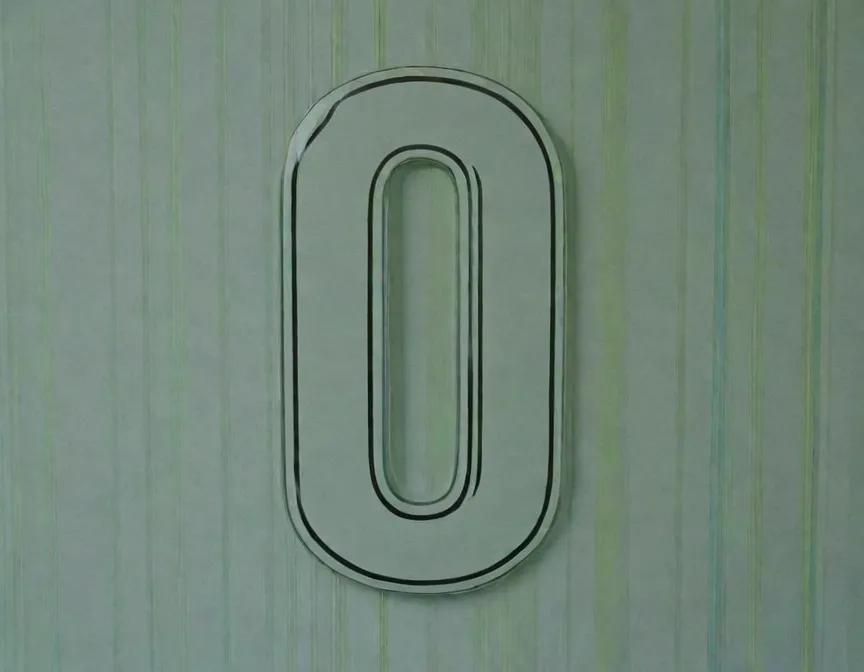Bond Valuation: Pricing Zero Coupon Bonds
Zero coupon bonds are priced by discounting the future cash flow using a required rate of return, aiding investors in decision-making.

Mastering Zero Coupon Bond Pricing: A Practical Guide
Zero coupon bonds might sound like a financial puzzle, but in reality, they're pretty straightforward. Let's unravel the mystery of pricing zero coupon bonds by diving into a relatable example.
Understanding the Basics
Zero coupon bonds, also known as discount bonds, skip the routine interest payments. Instead, they're sold at a discount to their face value and pay out a lump sum at maturity, covering both principal and accrued interest.
The Pricing Magic
Now, let's talk about how these bonds are priced. Imagine it like getting a discount on a future promise.
Bond Price = Face Value / (1 + Required Rate of Return)^Years to Maturity
- Face Value (F): This is what the bond will be worth at maturity.
- Required Rate of Return (r): The annual return you want from the bond.
- Years to Maturity (n): How long until the bond reaches its face value.
Real-Life Examples
Example 1: You stumble upon a zero coupon bond with a face value of $1,000, a required rate of return of 6%, and 5 years until maturity.
Bond Price = $1,000 / (1 + 0.06)^5 Bond Price = $1,000 / 1.33822 Bond Price ≈ $747.26
So, you'd be looking at a price around $747.26 for this bond.
Example 2: Now, let's say you find another zero coupon bond, this time with a face value of $10,000, a required rate of return of 4.5%, and 10 years until maturity.
Bond Price = $10,000 / (1 + 0.045)^10 Bond Price = $10,000 / 1.61158 Bond Price ≈ $6,203.33
This means the price for this second bond would be approximately $6,203.33.
Why It Matters
Understanding this pricing process isn't just number crunching; it's a key to making smart investment decisions. Since zero coupon bonds don't dish out regular interest, your entire return comes from the difference between what you pay and what you get at maturity. Just remember, these bonds can be touchy when interest rates change, given their single cash flow nature.
In a nutshell, pricing zero coupon bonds is like figuring out a sale – it helps you decide if they're a good deal, evaluate potential returns, and make savvy choices in the dynamic world of debt and money markets.
This article takes inspiration from a lesson found in FIN 4243 at the University of Florida.